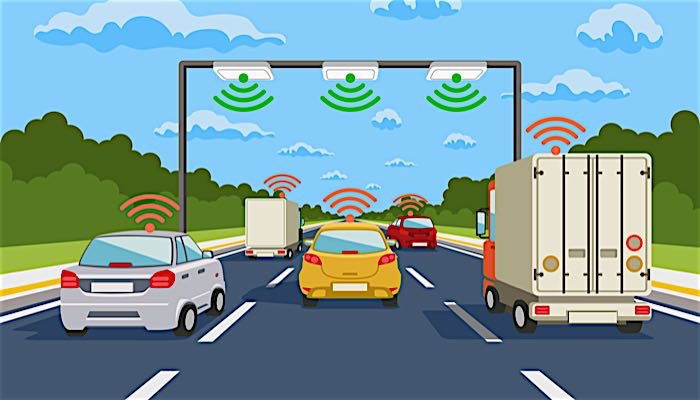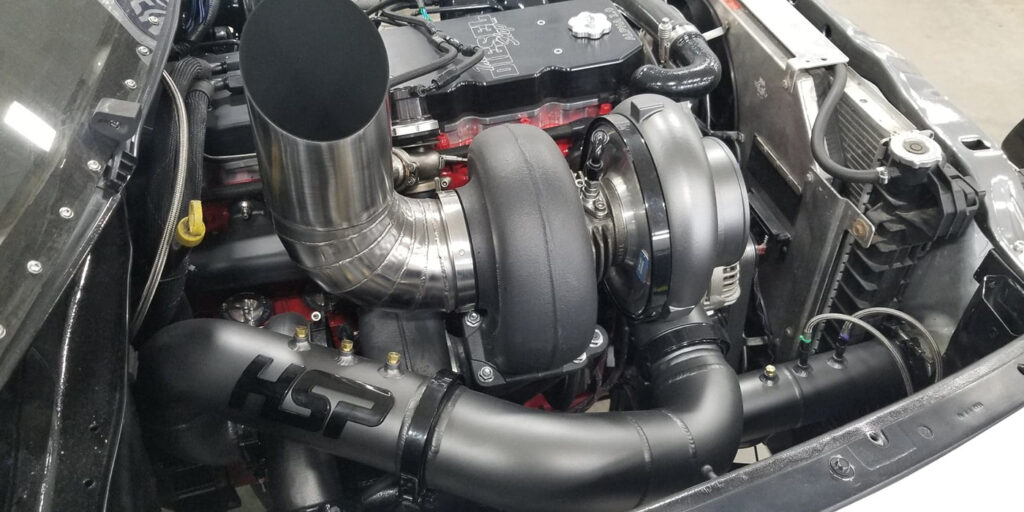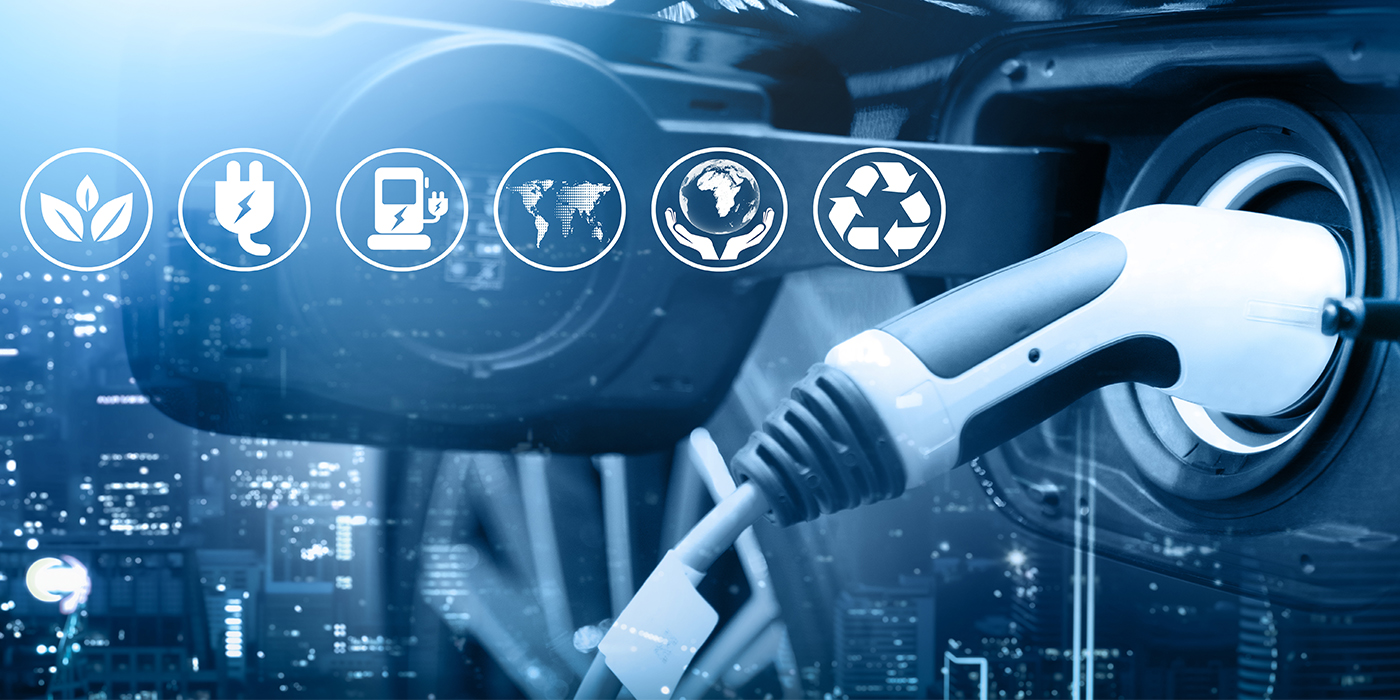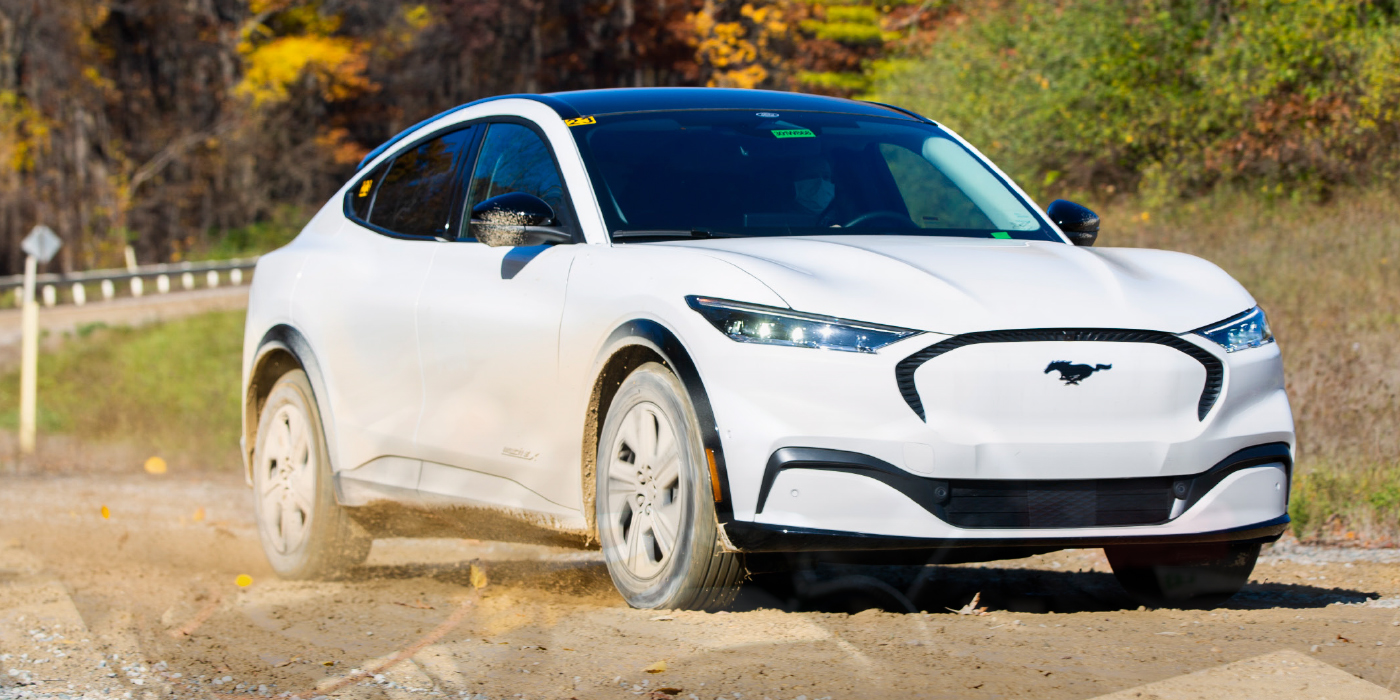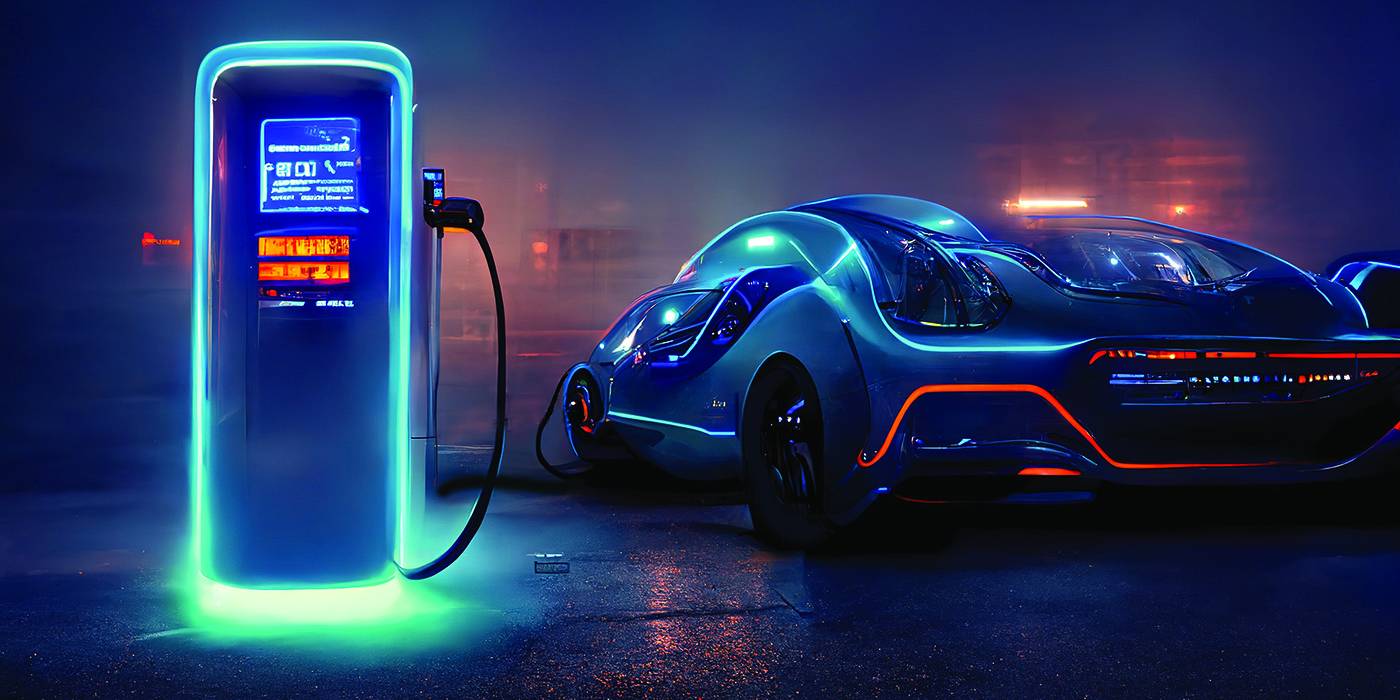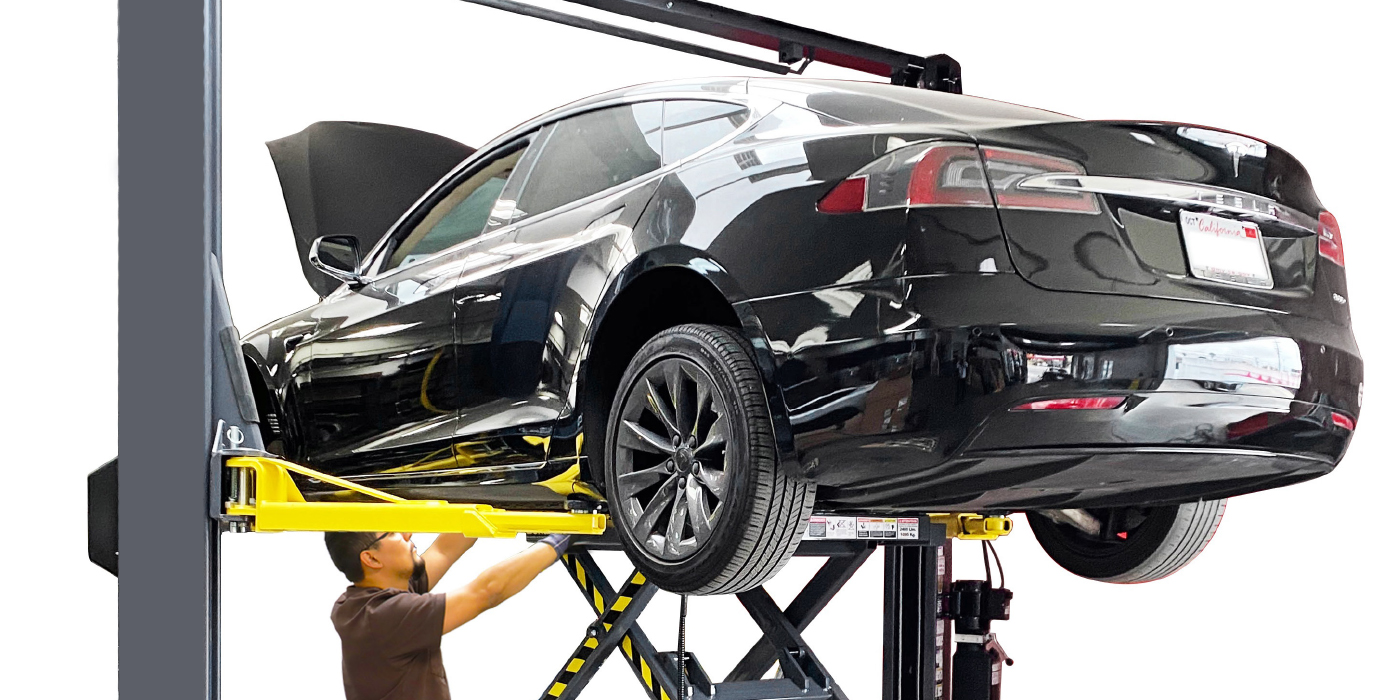 There is an old business proverb about two shoe salesmen who go to Africa. One salesman sees that no one is wearing shoes, phones the office and says, “Nobody wears shoes here, I’m coming home.” The second salesman sees that no one is wearing shoes and says, “Infinite opportunity, I’m never coming home.”
There is an old business proverb about two shoe salesmen who go to Africa. One salesman sees that no one is wearing shoes, phones the office and says, “Nobody wears shoes here, I’m coming home.” The second salesman sees that no one is wearing shoes and says, “Infinite opportunity, I’m never coming home.”
The moral of the story is that you can either see problems or opportunity in every new challenge. The same can be said about vehicle telematics.
Some see OE telematics as a tool for steering people back to the dealers — effectively cutting independent shops out of the loop. To them, GM’s OnStar, Ford’s Sync and Chrysler’s U-Connect are the devil’s work.
However, OE-implemented telematics have the potential to change how vehicles are engineered. If engineers have access to vehicles in the field, they might be able to engineer a better product. Another benefit of OE telematics systems is the ability to update modules without the customer having to return to the dealership.
Like the second shoe salesman in that old proverb, I’m excited about future opportunities. What really has me excited is the field of aftermarket telematics. It has a potential market of approximately 200 million vehicles. These vehicles can be made telematics-capable with just a single piece of hardware that plugs into the OBDII port. These devices, or “dongles,” have the potential to connect a driver to a shop 24/7.
Some ultimately think the business of telematics will be consumer-driven, with drivers paying for the device along with a monthly service fee. Others think that it should be the shop that supplies the device. Some companies are even planning for devices to be subsidized by parts distributors.
Like the first salesman, I do see the obstacles in the way of aftermarket telematics. The first is the adoption by the public. Early adopters are already buying these devices, and dongles are starting to find their way onto shelves of major retailers. The question is whether these devices will gain mainstream acceptance. My inner pessimistic salesman also sees the hurdles aftermarket telematics has to overcome. For instance, OEM’s push to remove OBDII ports as a way to make the vehicle more secure against hacking could become an issue the industry has to contend with.
In the end, the optimistic salesman in me sees aftermarket telematics devices as a great way to retain customers and to create a proactive relationship instead a reactive relationship.
So which “salesman” are you: the one who says, “OEMs are going to own the telematics market, why even try to compete?” or the one who says, “All cars made after 1996 have OBDII ports, the potential is limitless”?

